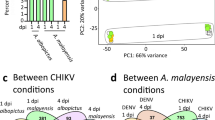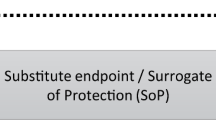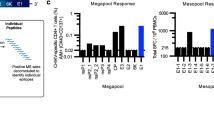Abstract
The 3 Dimensional structure of a protein is an expedient for structure based drug design and identifying the conformational epitopes that are foremost for designing the vaccines. Chikungunya (CHIKV) is a heat sensitive RNA virus which causes a viral disease which is transmitted in humans by human-mosquito-human transmission. Disease mostly found in the tropic and subtropical countries mainly in South India and in few other Asian countries. The primary transmission agents of Chikungunya Virus are yellow fever mosquito (Aedes aegypti) and forest day mosquito (Aedes albopictus). The forest day mosquito bites during day time and hence day time mosquito bite is the main reason for transmission. The main distinctive of the disease is a fever along with an arthritic type of pain in the joints. 3D Structure of Chikungunya virus is not encountered in the PDB Databank. A Comparative modeling method was used for the prediction of the 3D structure of Chikungunya virus. Modeled structure prvided substantial parameters under Ramachandran plot and stereochemical aspects of main chain and side chains through PROCHECK analysis. Finally the energy minimization protocols yielded a score of -12063.947 KJ/Mol and RMSD Value of 0.29oA. Structure Validation procedures proffer the use of present modeled structures for structure based drug design and other confirmative applications.
Similar content being viewed by others
Article PDF
Author information
Authors and Affiliations
Corresponding authors
Rights and permissions
About this article
Cite this article
Nayarisseri, A., Yadav, M., Rao, D. et al. 3D Structure Development of Chikungunya Virus and its Structural Characterization – an In silico approach. Nat Prec (2010). https://doi.org/10.1038/npre.2010.5143.1
Received:
Accepted:
Published:
DOI: https://doi.org/10.1038/npre.2010.5143.1



